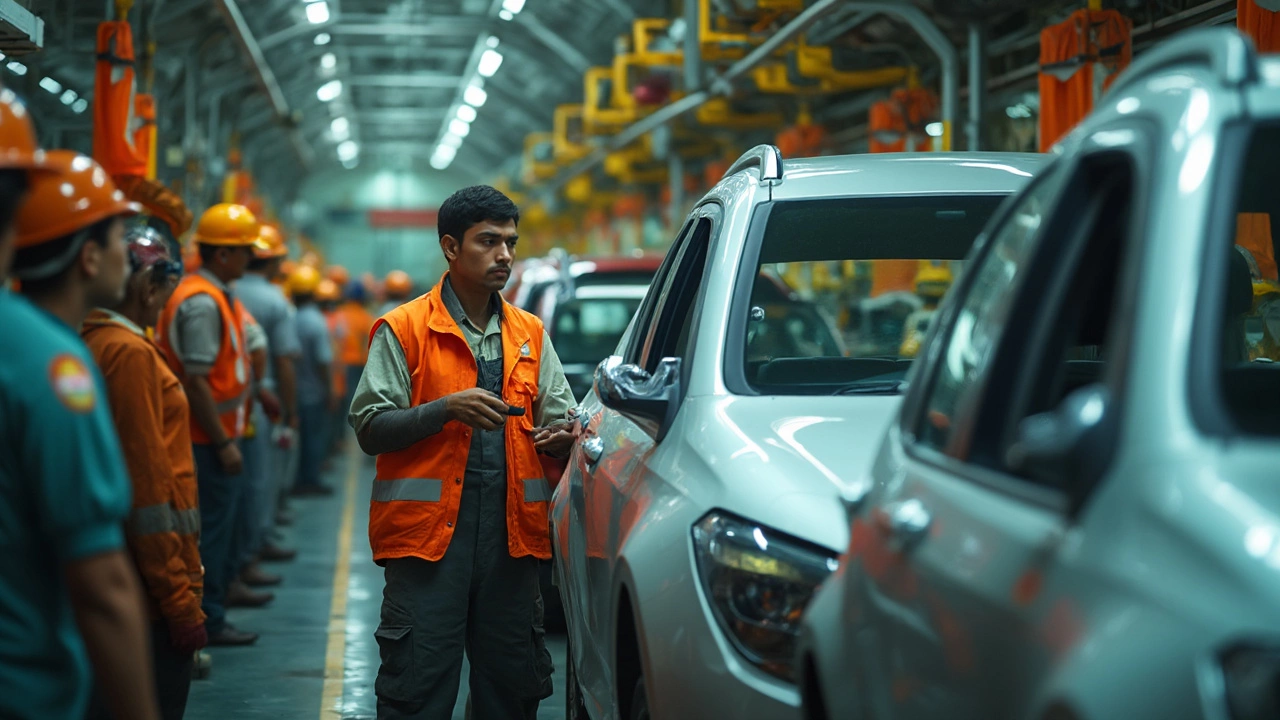Car Production: What’s Happening Now and What to Expect
If you’re curious about how cars get from concept to showroom, you’ve landed in the right spot. Car production isn’t just about big factories—it's a mix of technology, supply chains, and market demand. In this guide we’ll break down the current scene, point out the biggest hurdles, and highlight where the next wave of growth could come from.
Current Landscape of Car Production
India’s auto sector is churning out more than 30 million vehicles a year, making it one of the world’s largest producers. The majority are two‑wheelers and small cars, but the push toward electric models is reshaping the line‑up. Major players like Tata Motors, Mahindra, and foreign giants such as Hyundai have set up local plants to cut costs and speed up delivery.
Supply chain reliability is a daily reality check. Steel, aluminum, and semiconductor shortages have slowed output at times, but manufacturers are adapting by diversifying vendors and building inventory buffers. Automation is also on the rise—robots now handle welding, painting, and assembly tasks that used to need dozens of workers.
Quality standards matter more than ever. Customers expect safety features, fuel efficiency, and low emissions. This has led factories to adopt stricter testing procedures and invest in cleaner production methods. The result? Better cars and a smaller environmental footprint, even if the switch to greener processes adds upfront cost.
Future Opportunities and Challenges
Electric vehicles (EVs) are the biggest growth story. Government incentives, expanding charging networks, and falling battery prices are encouraging more buyers to consider an EV. For manufacturers, this means retooling plants to handle battery packs, electric drivetrains, and new software integrations. Companies that move fast can capture a larger slice of the market.
Another opportunity lies in localized parts manufacturing. By producing components like modules, electronics, and interiors within India, firms can reduce import duties and lead times. This also creates jobs and builds a stronger domestic ecosystem.
On the challenge side, labor costs are edging upward. While automation helps, skilled technicians are in short supply, pushing wages higher. At the same time, tightening emission norms force manufacturers to upgrade equipment and adopt greener material choices.
Regulatory changes can also swing the market. New safety mandates or tax structures may affect pricing and profit margins. Staying ahead means keeping an eye on policy updates and being ready to adjust production plans.
In short, car production today is a balancing act between speed, quality, and sustainability. Whether you’re a factory manager, a supplier, or just a car fan, understanding these dynamics gives you a clearer picture of where the industry is headed. Keep an eye on EV adoption, supply chain tweaks, and government policies—those will shape the next decade of car making.

India Automobile Manufacturing: Does India Produce Cars?
India absolutely produces automobiles, from compact hatchbacks to heavy trucks. It’s home to some of the world’s largest carmakers and plays a huge role in exporting vehicles across the globe. The country’s auto industry helps support millions of jobs and drives related tech, from electric vehicles to automation. Whether you’re curious about made-in-India car brands or want to understand how the sector works, this article peels back the curtain. Get ready for a closer look at what powers the Indian auto assembly lines.
Read More